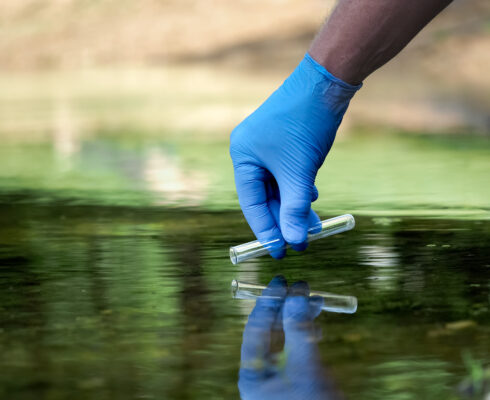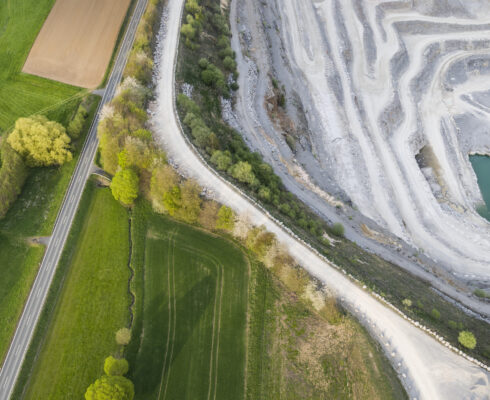What is eDNA?
For both Ecometrix and industries around the world, ensuring optimal animal, plant, and overall habitat health is a key concern. To ensure those concerns are met, baseline studies, environment monitoring, and regular biodiversity assessments are completed.
Thanks to environmental DNA, or eDNA, those assessments can be achieved without the need to disturb habitats and animals.
“Every organism sheds DNA into the environment,” says Environmental Scientist Heather Veilleux. “Fish, for example, shed DNA in their mucous, urine, or feces. Larger mammals like bears and moose can transfer DNA from saliva to the water when taking a drink, and microorganisms like bacteria are small enough that entire communities are found within environmental samples.”
eDNA is the practice of isolating, purifying, and amplifying that information so organisms of interest can be identified and monitored.
Research into eDNA has been exponentially increasing and, as the technology advances, techniques are being developed and honed for detecting eDNA from a variety of sources, such as soil, biofilms, sediment cores, and even air.
An evolving field
Researchers began developing a technique to identify organisms by collecting a sample of the environment over a decade ago, but the first eDNA paper was published in 2005 after researchers identified the source of fecal contamination in water. Since then, the field has evolved and adapted to where we are today, with Heather tracking the number of eDNA papers published from 2010 to 2020 in her 2021 paper.
eDNA presents numerous benefits over traditional methods. It’s less invasive and there’s ease of fieldwork. Where traditional methods can require several hours or days, eDNA is much quicker.

“eDNA analyses can be very sensitive,” Heather says. “A single cell can be enough to generate an eDNA signal. Research into eDNA has been exponentially increasing and, as the technology advances, techniques are being developed and honed for detecting eDNA from a variety of sources, such as soil, biofilms, sediment cores, and even air.
It can be used to detect more cryptic species that are hard to capture using traditional methods, identifying juveniles that lack the distinguishing features taxonomic specialists rely on. Through a technique called metabarcoding, specific targeted assays can also be developed, like detecting endangered, keystone, or invasive species.
“It’s massively interesting because of the potential applications, as well as saving time and effort in the field,” Heather continues. “If you didn’t find a fish where you were expecting to, and then you do an eDNA sample, you could say yes, there was a fish there, we just weren’t able to capture it with traditional techniques.”
Putting eDNA into action
Ecometrix’s work with eDNA started in 2016, when we used the technology to detect two species at risk of entrainment, which happens when fish inadvertently pass through a water intake.
Since then, we’ve worked on a number of eDNA projects, including a round whitefish monitoring program in Lake Ontario and a preliminary fish survey to begin fish community characterization, which you can explore here.
In both its work with eDNA and other sectors, Ecometrix goes above and beyond. Thanks to its Environmental Intelligence approach, each project is tailored to what’s required and Ecometrix has experts in-house who can analyze the data and are following the latest research and results, so clients get the newest, most efficient strategies to tackle the most complex issues.
See our eDNA case studies
Explore how Ecometrix is using eDNA in the field.




















